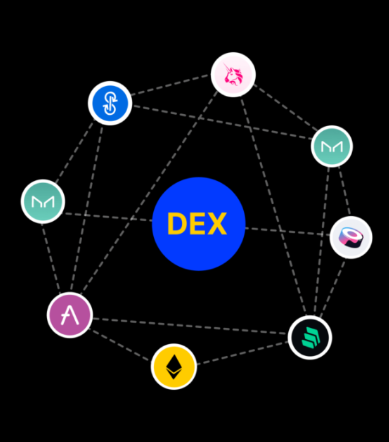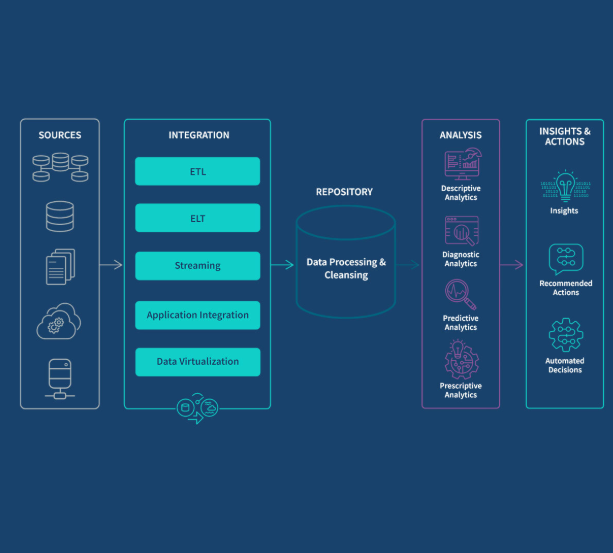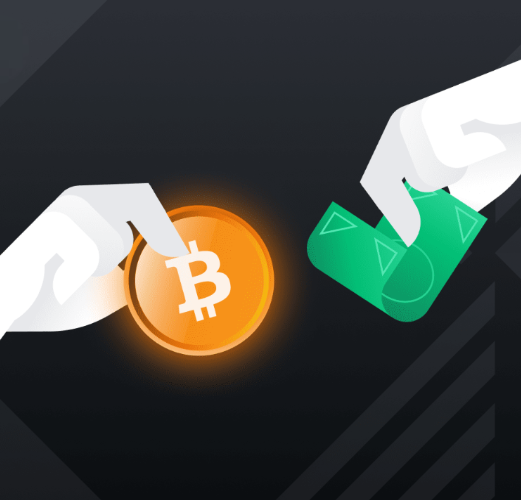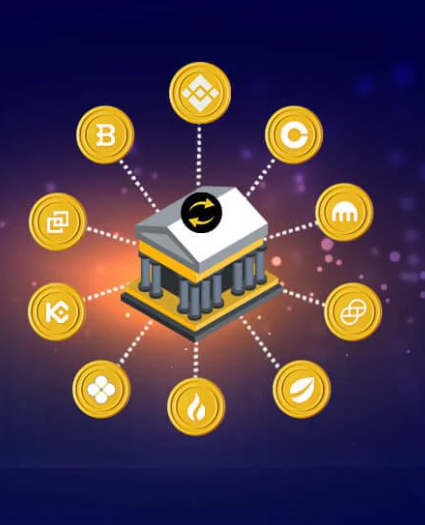
Cryptocurrency exchanges have evolved far beyond simple trading platforms—today, they’re dynamic ecosystems powered by digital tokens. These tokens serve as the lifeblood of decentralized finance, enabling everything from governance to liquidity incentives. But what exactly makes them indispensable, and how can exchanges leverage them effectively? Let’s break it all down.
Tokens: More Than Just Digital Currency
At their core, tokens are blockchain-based assets programmed to perform specific functions within a digital ecosystem. While cryptocurrencies like Bitcoin act primarily as stores of value or mediums of exchange, tokens offer expanded utility. They might represent ownership, grant platform access, or even facilitate voting rights in decentralized protocols.
For exchanges, this versatility unlocks opportunities to:
- Boost liquidity by incentivizing trading activity.
- Enhance security through tokenized authentication.
- Foster community engagement via governance mechanisms.
Five Key Token Types and Their Exchange Applications
- Utility Tokens
- Purpose: Provide access to platform features (e.g., fee discounts, premium services).
- Example: Binance Coin (BNB) reduces trading fees on its native exchange.
- Security Tokens
- Purpose: Digitize real-world assets like equities or real estate.
- Regulation: Must comply with financial laws (e.g., INX Token under U.S. SEC oversight).
- Exchange Tokens
- Purpose: Power native ecosystems (e.g., KuCoin’s KCS rewards holders with revenue shares).
- Governance Tokens
- Purpose: Enable decentralized decision-making (e.g., Uniswap’s UNI lets users vote on protocol upgrades).
- Stablecoins
- Purpose: Offer price stability for settlements (e.g., USDT or USDC for frictionless trading pairs).
Strategic Benefits for Crypto Exchanges
Tokens aren’t just technical tools—they’re growth accelerators. Forward-thinking exchanges use them to:
- Monetize New Features
Launching a proprietary token can fund development without diluting equity. For instance, Filecoin raised millions by selling tokens tied to its decentralized storage network. - Drive User Loyalty
Reward programs with airdrops or staking incentives keep traders engaged. OKX and Coinbase excel here by tying token rewards to platform activity. - Streamline Operations
Tokens can automate settlements, replacing slow banking rails with instant blockchain transactions.
Building a Token-Centric Exchange: Key Steps
For executives planning to integrate tokens, here’s a roadmap:
- Define Tokenomics
Outline supply, distribution, and utility to ensure long-term value (e.g., scarcity mechanisms to prevent inflation). - Prioritize Security
Implement multi-signature wallets and smart contract audits to protect user assets. - Engage Early Adopters
Use targeted marketing (think influencer campaigns or AMAs) to build hype pre-launch. - Iterate Based on Feedback
Monitor trader behavior to refine token utility—flexibility is key in fast-moving crypto markets.
The Bottom Line
Tokens transform exchanges from trading venues into multifaceted platforms. Whether it’s through governance participation or liquidity mining, their strategic deployment can differentiate an exchange in a crowded market. The most successful projects will be those that align token design with genuine user needs—creating ecosystems where everyone, from traders to developers, has skin in the game.
By understanding these dynamics, exchange operators can harness tokens not just as a feature, but as a foundation for sustainable growth. The future of crypto trading isn’t just about listing assets—it’s about building economies.















































